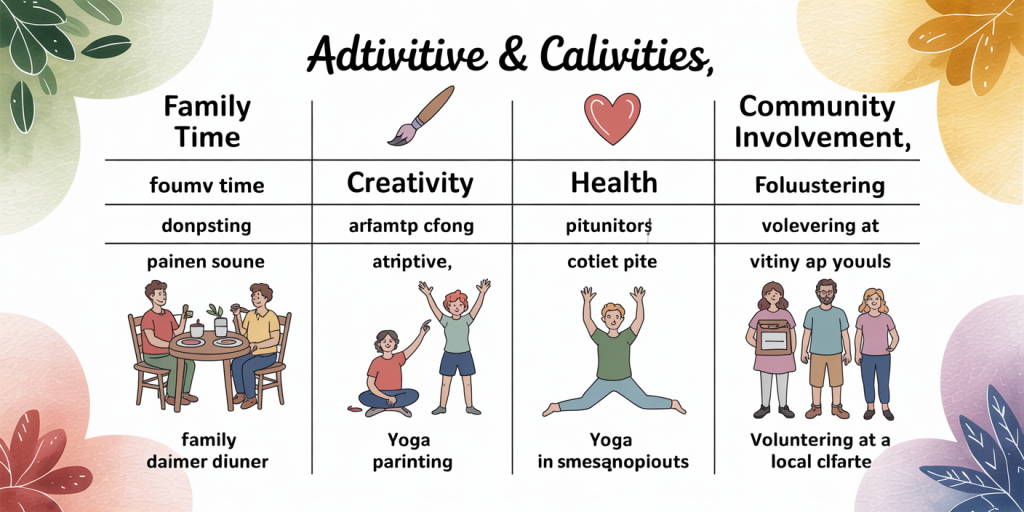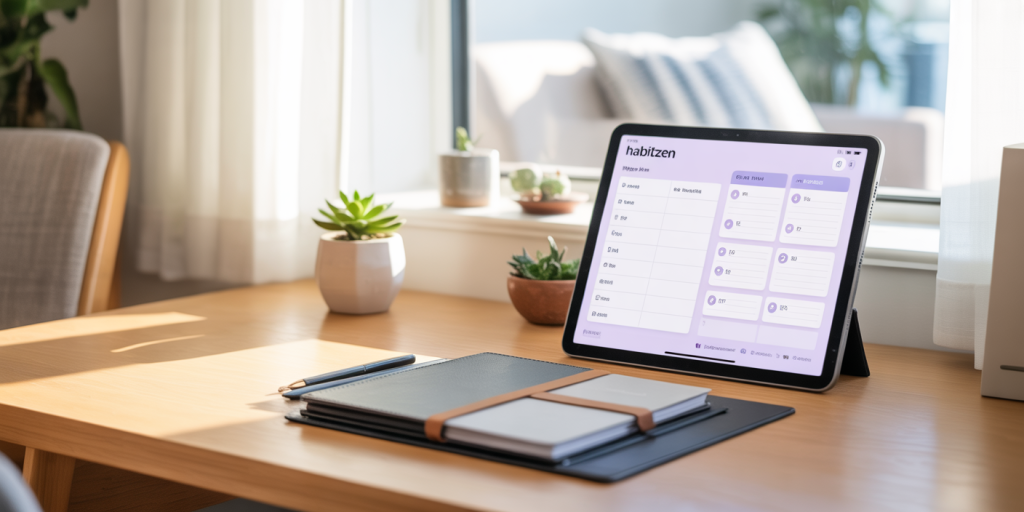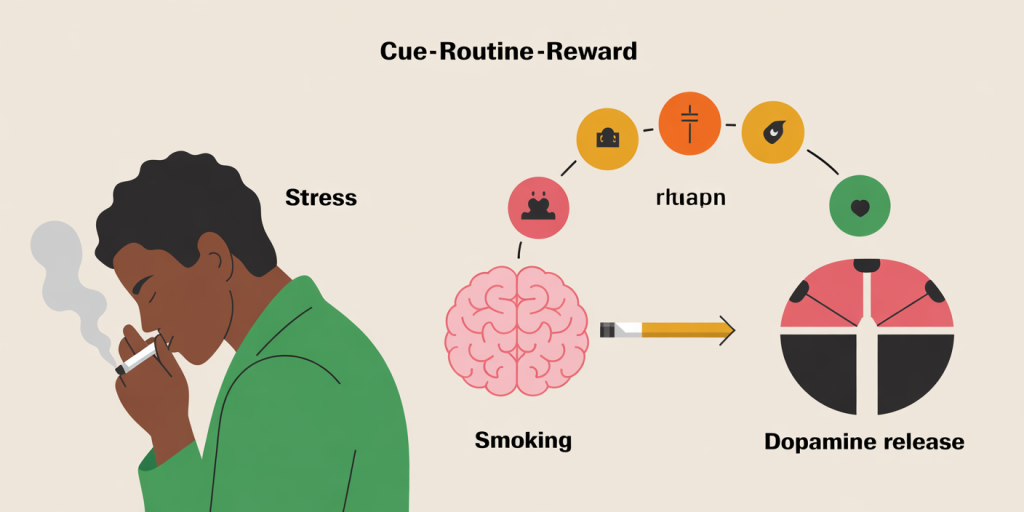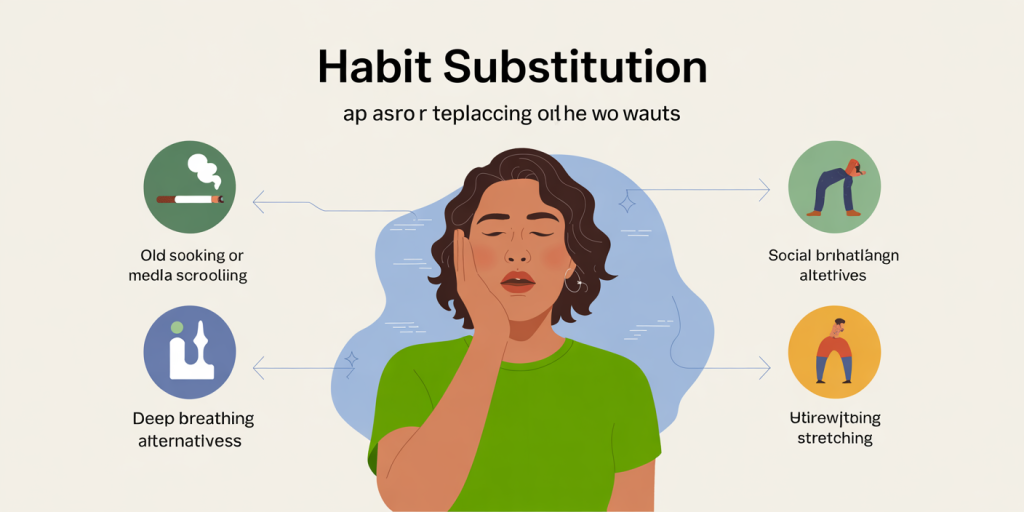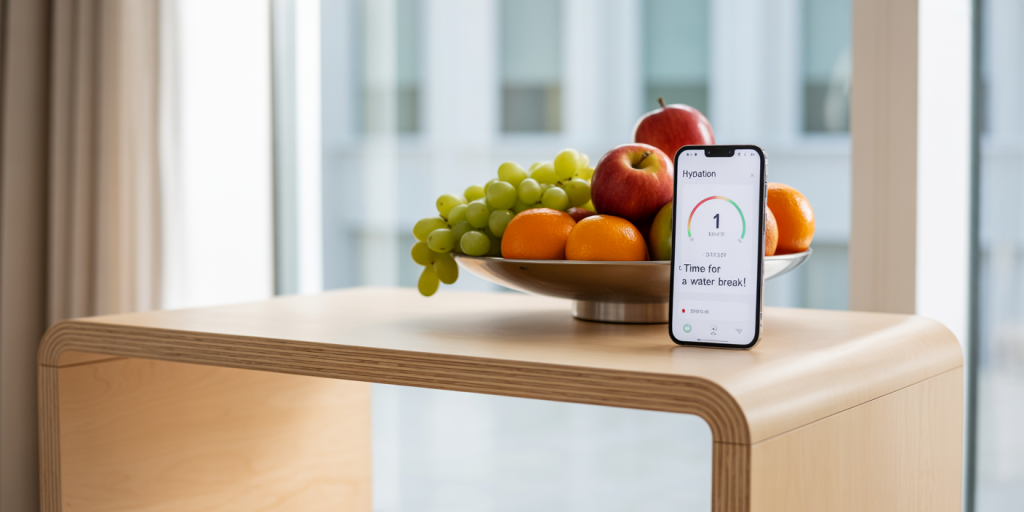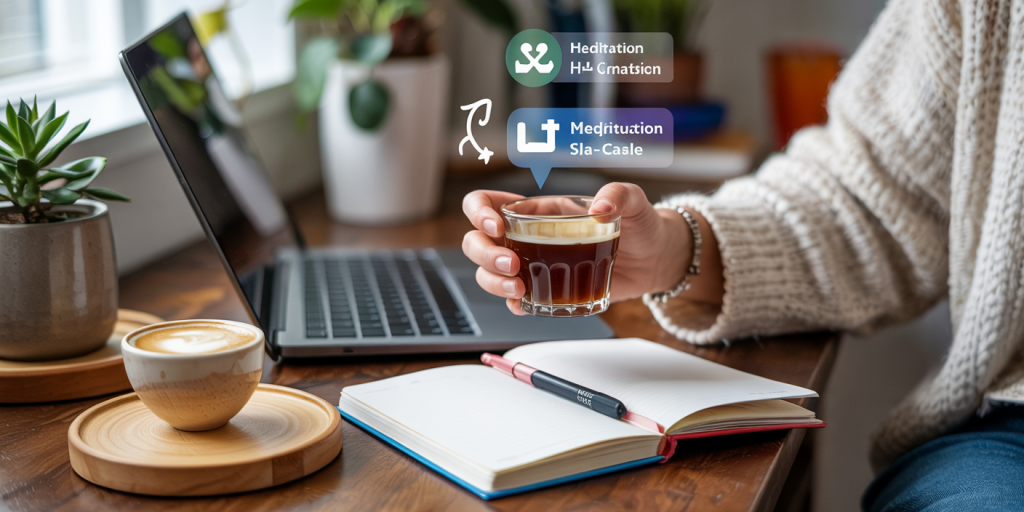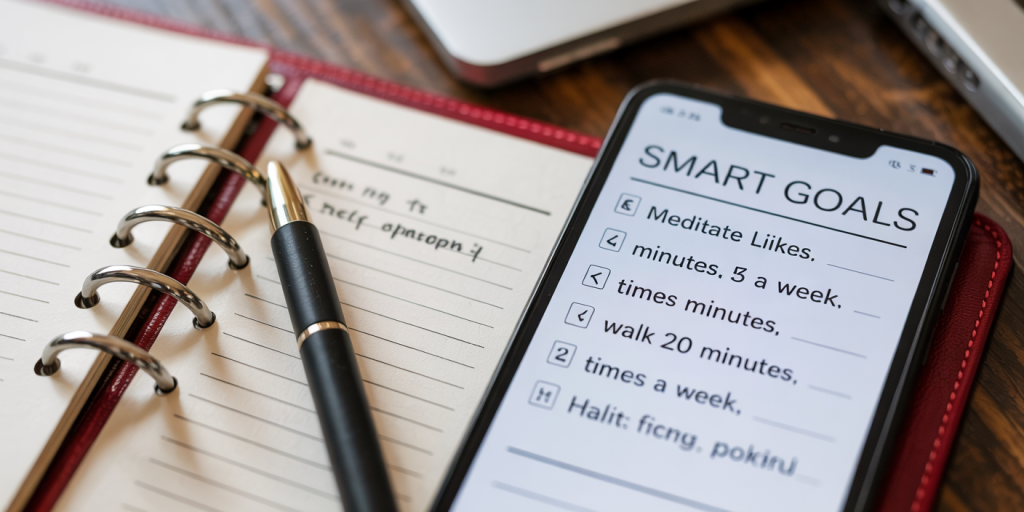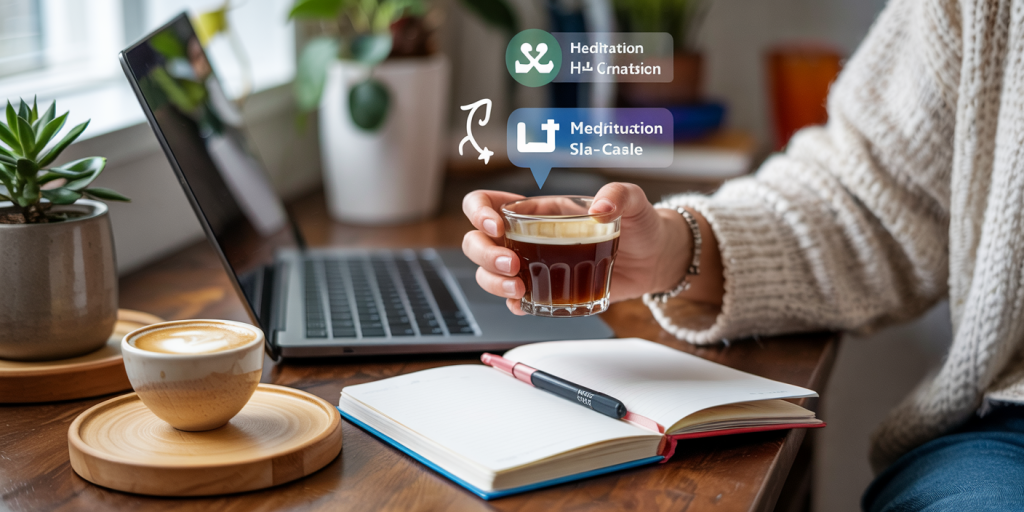In today’s fast-paced world, the sheer number of choices individuals face daily can be overwhelming. From selecting what to wear in the morning to making complex work-related decisions, our minds are constantly engaged in various decision-making processes. This continual demand can lead to a psychological phenomenon known as decision fatigue, where the quality of decisions deteriorates after a long session of decision-making. Understanding how to manage decision fatigue is crucial for maintaining mental clarity, productivity, and overall well-being.
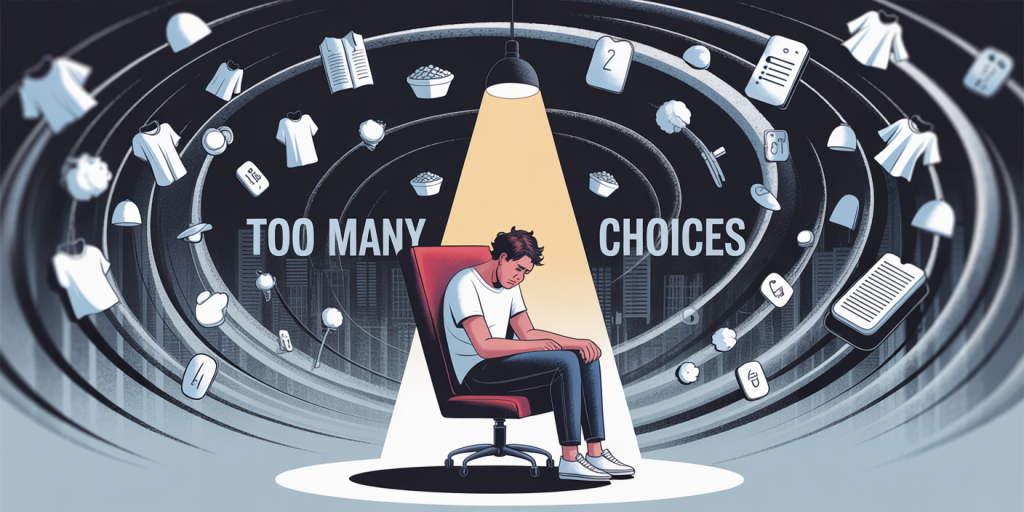
Decision fatigue affects a wide demographic, from executives and entrepreneurs to students and homemakers, highlighting the universality of this challenge. Research by social psychologist Roy Baumeister has revealed that decision-making depletes an internal resource, similar to how muscles tire after exertion. When this cognitive resource is exhausted, individuals exhibit signs such as impulsiveness, avoidance, or poor judgement. For instance, Baumeister’s study found that parole boards were significantly more likely to deny parole later in the day after making numerous decisions, underscoring the tangible consequences of decision fatigue.
Recognizing the Signs of Decision Fatigue
The first step in managing decision fatigue is recognizing its symptoms. People experiencing decision fatigue might feel mentally drained, unfocused, or indecisive. This often manifests as a decreased ability to make thoughtful decisions, leading to rash choices or, conversely, decision avoidance. A practical example can be seen in healthcare settings, where doctors may opt for less effective treatment plans toward the end of long shifts due to mental exhaustion.
Other signs include procrastination, irritability, and a tendency to default to habitual behaviors rather than deliberate choices. For example, a person might repeatedly pick fast food over healthier meals simply because making a nutritious decision requires more mental effort. By identifying these warning signs, individuals can take proactive steps to mitigate the effects of decision fatigue before it impacts critical decision-making.
Simplifying Choices to Reduce Cognitive Load
One of the most effective strategies to combat decision fatigue is simplifying choices to reduce cognitive load. This concept involves limiting the number of decisions one has to make, thereby preserving mental energy for more important tasks. For example, prominent figures such as Steve Jobs and Barack Obama famously minimized their wardrobe choices to avoid trivial decisions, allowing them to focus on critical priorities.

A practical implementation of this strategy is meal planning. By deciding once a week what to eat, individuals avoid the daily burden of mealtime choices. Companies also use this tactic by offering limited product selections to help customers make faster and easier decisions, a method supported by research from Columbia Business School which found that fewer options often lead to higher customer satisfaction and reduced decision paralysis.
| Strategy | Example | Benefit |
|---|---|---|
| Wardrobe Simplification | Steve Jobs’ uniform approach | Conserves mental energy |
| Meal Planning | Weekly meal prep | Minimizes daily decision-making |
| Product Limitation | Brands offering limited SKUs | Reduces customer overwhelm and indecision |
By applying such simplification techniques, individuals and organizations can significantly decrease the cognitive demands that drive decision fatigue.
Prioritizing and Scheduling Decisions
Creating a hierarchy of decisions based on their importance and urgency can help manage decision fatigue effectively. Not all decisions require the same level of mental rigor. Prioritization allows individuals to focus their cognitive resources where it truly matters.
A well-known case highlighting this approach is Jeff Bezos, founder of Amazon, who prioritized high-stakes decisions in the morning when his cognitive bandwidth was fullest. Lower-priority decisions, such as routine operational tasks, were deferred to later times or delegated.
Scheduling decision-making tasks is another practical method. Research from the University of California, Irvine, suggests that people perform cognitive tasks better earlier in the day when they are less fatigued. Therefore, allocating mornings for complex decisions and afternoons for routine or automated tasks can optimize mental clarity.
For an effective prioritization plan, individuals can employ tools like the Eisenhower Matrix, which categorizes tasks into four quadrants based on urgency and importance. This framework assists in allocating mental resources wisely and avoiding burnout caused by trying to tackle all decisions simultaneously.
Embracing Delegation and Automation
Delegating decisions and leveraging automation technologies are powerful ways to combat decision fatigue in both professional and personal contexts. Delegation not only lightens the cognitive load but also empowers teams, improving overall decision quality and efficiency.
For example, Elon Musk, CEO of Tesla and SpaceX, delegates specific technical decisions to expert engineers, reserving his focus for strategic leadership questions. This approach preserves his mental focus for pivotal choices, improving organizational outcomes.
Automation technology, such as AI-driven scheduling tools, smart assistants, and personalized recommendation systems, can also help by handling routine decisions. According to a report by McKinsey Global Institute, companies that implement automation technologies see a 20-30% increase in productivity, partly due to reduced decision fatigue among employees.
Individuals might automate bill payments or use apps to streamline daily activities, freeing mental space for more important decisions. Delegating and automating routine tasks, therefore, protect mental resources and help maintain decision clarity throughout the day.
Practicing Mindfulness and Mental Recovery Techniques
Mental recovery is essential in overcoming decision fatigue. Incorporating mindfulness practices such as meditation, deep-breathing exercises, and brief breaks can restore cognitive energy.

A Stanford University study demonstrated that just a few minutes of focused meditation between tasks improved participants’ ability to resist distractions and make more thoughtful decisions. Real-world application of this concept is evident in workplaces like Google, which encourages mindfulness and short breaks to maintain productivity and creativity.
Moreover, physical activity is a key recovery technique. A 2018 study published in the British Journal of Sports Medicine found a strong link between regular exercise and improved cognitive function, including decision-making capabilities. Taking brief walks or engaging in light stretches during work breaks can revitalise the mind, reducing the impact of decision fatigue.
Integrating such techniques into daily routines promotes clear thinking and reduces the likelihood of poor decisions caused by mental exhaustion.
Looking Ahead: The Future of Managing Decision Fatigue
As technology continues to evolve, new tools and approaches will emerge to help individuals and organizations manage decision fatigue more effectively. Artificial intelligence and machine learning algorithms will increasingly take over routine decisions, enabling humans to focus on creative and high-stakes thinking. For example, AI-powered personal assistants are expected to anticipate preferences and make recommendations tailored to user habits, dramatically reducing decision burdens.
Additionally, the growing awareness of mental well-being in the workplace will drive organizations to implement structural changes, such as optimized work schedules and enhanced support for employee mental health. This holistic approach will not only mitigate decision fatigue but also improve overall productivity and job satisfaction.
Research into cognitive psychology and neuroscience will continue to refine understanding of decision fatigue, leading to more evidence-based strategies for maintaining mental clarity. Future innovations might include wearable devices that monitor cognitive load in real time and prompt users to rest or delegate decisions accordingly.
In summary, managing decision fatigue requires a combination of practical lifestyle adjustments, strategic planning, and leveraging emerging technologies. As awareness of this pervasive issue grows, individuals equipped with these tools will be better positioned to make clear, impactful decisions in an increasingly complex world.



